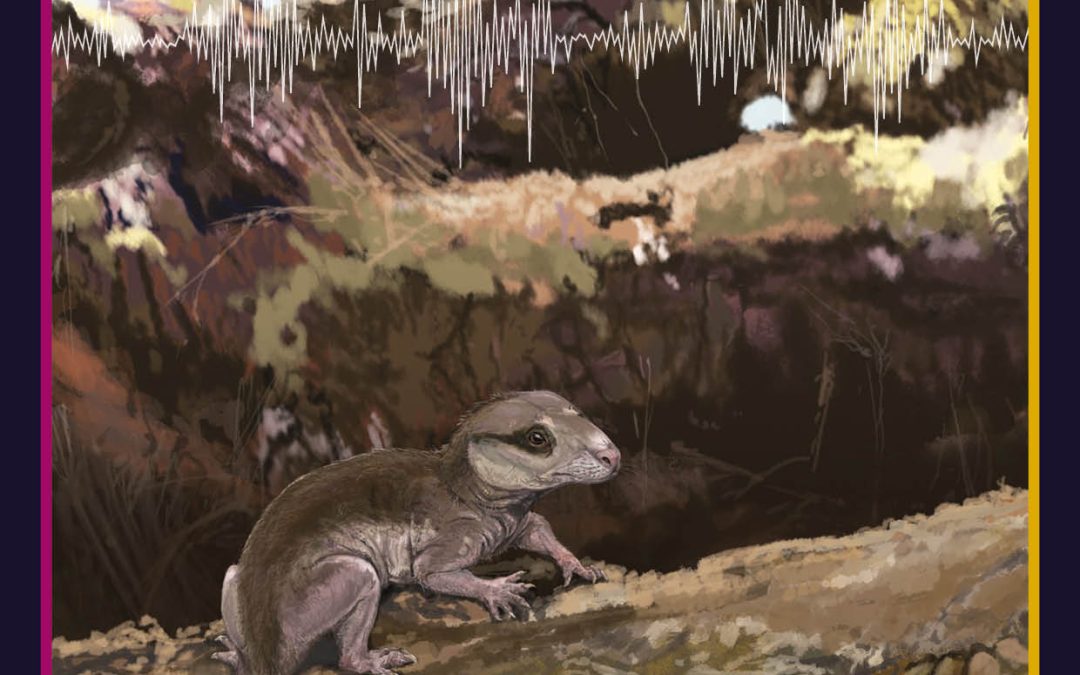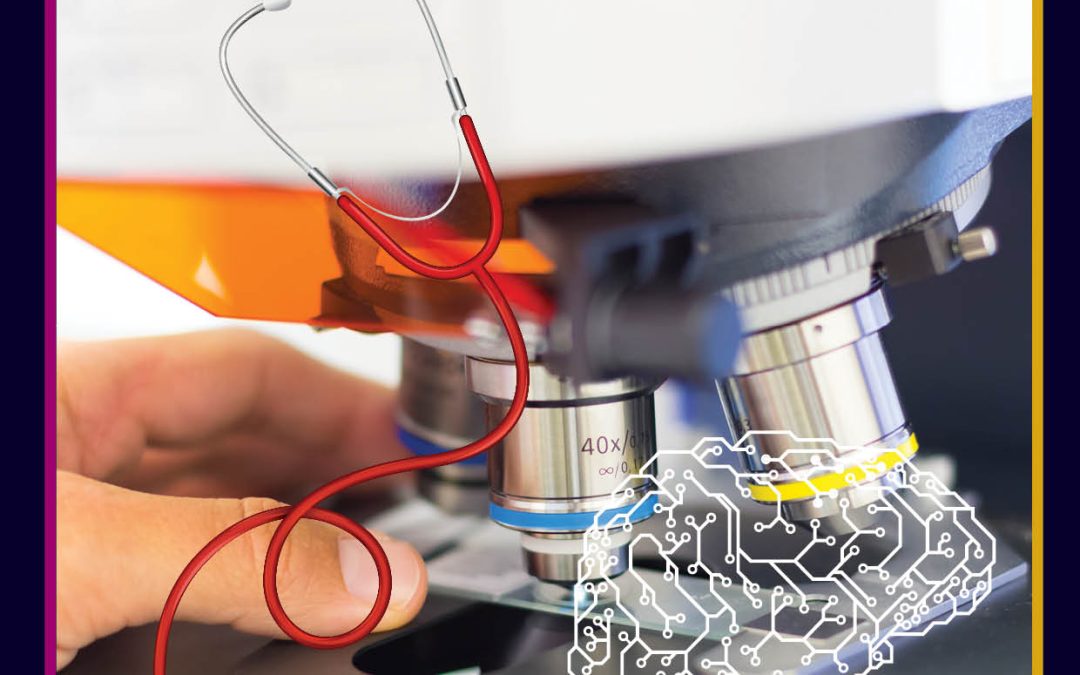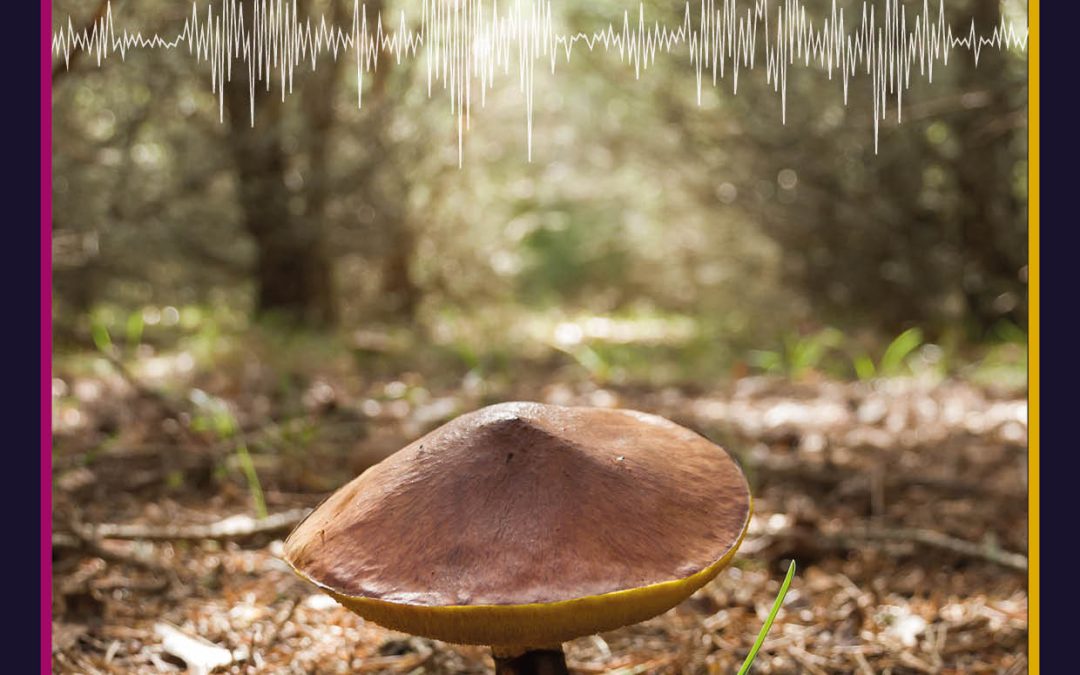
by admin | Jun 23, 2022 | engineering and tech, physical sciences, trending
Since the beginning of the COVID-19 pandemic, billions of plastic facemasks have been used and disposed of, with the majority destined for landfill. Professor Andrew R. Barron and his team at the Energy Safety Research Institute in Swansea, Wales, have developed an innovative method for repurposing these used facemasks. By transforming them into a powdered material that acts as a reducing agent, Professor Barron’s team aim to make the steel-making process more energy-efficient and sustainable.

by admin | Jun 22, 2022 | engineering and tech, physical sciences, trending
Wide-area scans of the sky are an important tool for astronomers as they seek to learn more about the universe. However, as the latest observation techniques have become increasingly sensitive, faint objects within these surveys can appear to blend together. Through his research, Dr Peter Melchior at Princeton University presents a computer-based framework for disentangling these blended sources, and for artificially reconstructing the components they contain. Named SCARLET, the technique could soon help astronomers to study the depths of the observable universe in unprecedented levels of detail.

by admin | Jun 15, 2022 | biology, trending
It may be surprising to know, that you – and all other mammals – are technically cynodonts. The first cynodonts appeared approximately 260 million years ago as small creatures about the size of a house cat. A particular group of cynodonts evolved to become more ‘mammal-like’, eventually evolving into the first true mammals. Dr Jennifer Botha from the National Museum, Bloemfontein in South Africa studies the anatomy and life history of specimens along the cynodont–mammalian transition, to gain key insights into the origins and evolution of mammals.

by admin | Jun 14, 2022 | health and medicine, trending
Consuming very hot food and beverages poses a risk of oesophageal cancer. Although injury thresholds have been specified in industry standards and guidelines, there remain practical limitations in obtaining an exact measurement of the contact temperature from hot foodstuff in the oral mucosa inside the mouth. Dr Dirk Lachenmeier, a chemist and toxicologist at the Chemical and Veterinary Investigation Agency Karlsruhe, worked in collaboration with his father Dr Walter Lachenmeier, a retired engineer, to develop a new method to estimate the safe surface or consumption temperature of hot food. This has allowed them to make important recommendations.

by admin | Jun 14, 2022 | health and medicine, trending
Dr Brett Lidbury from the Australian National University worked with colleagues to utilise machine learning techniques in a new strategy to identify biomarkers that could be used to help diagnose myalgic encephalomyelitis/chronic fatigue syndrome in patients. Their work represents a significant step forward in understanding, diagnosing and treating this challenging condition, particularly in relation to pathology, the results of which form a routine but important part of general health assessment.

by admin | Jun 9, 2022 | biology, earth and environment, trending
An ancient relationship between plants and fungi could help us improve forestry and agriculture, while also responding to the challenges posed by climate change. These beneficial fungi, along with their bacteria helpers, help plants to grow bigger and healthier, and survive droughts. An international team of researchers has been investigating how these fungi and bacteria increase mineral availability for Scots pine and red pine seedlings through mineral weathering.
Page 2 of 18«12345...10...»Last »






